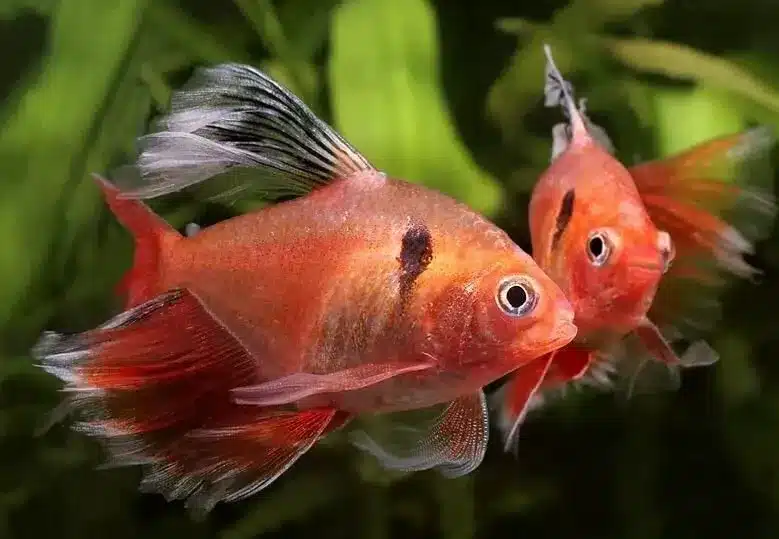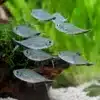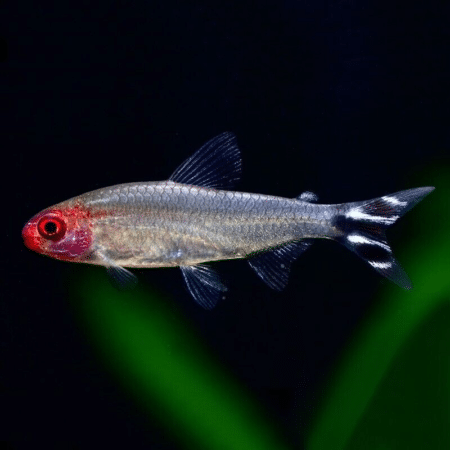-
×
-
×
-
×
-
×
Assorted Colour Vampire Crab Geosesarma Sp 2-3Cm 1 × £8.71
-
×
-
×
Red Devil Vampire Crab - Geosesarma Hagen - Decapod Crustacean 3 × £8.71
-
×
Golden Eyes Vampire Crab - Geosesarma Sp. - Decapod Crustacean 1 × £8.71
-
×
-
×
Subtotal: £188.71




 Assorted Colour Vampire Crab Geosesarma Sp 2-3Cm
Assorted Colour Vampire Crab Geosesarma Sp 2-3Cm 
 Red Devil Vampire Crab - Geosesarma Hagen - Decapod Crustacean
Red Devil Vampire Crab - Geosesarma Hagen - Decapod Crustacean  Golden Eyes Vampire Crab - Geosesarma Sp. - Decapod Crustacean
Golden Eyes Vampire Crab - Geosesarma Sp. - Decapod Crustacean 
















Emily Roberts (verified owner) –
I recently purchased 6 Serpae Tetras for my freshwater community tank, and I couldn’t be happier! After just two weeks, these vibrant little fish have added such a lively energy to my aquarium. Their bright red and black markings are stunning, and they swim in a playful school, which is a joy to watch. I love that they are peaceful tropical fish, making them perfect companions for my Neon Tetras and other community species.
What really impressed me is how well they adapted to their new environment. After a proper acclimation, they settled in quickly, showing no signs of stress. This is a breath of fresh air compared to some other fish I’ve introduced in the past. My only small concern was a brief period of fin nipping, but it seems to have resolved itself as they established their pecking order.
I highly recommend these Serpae Tetras for anyone looking to enhance their community tank. They bring so much color and activity! Just ensure you have a well-planted aquarium with some hiding spots to keep them happy. Will definitely buy again!
Emily Carter (verified owner) –
I recently added 6 Serpae Tetras to my community tank, and I couldn’t be happier! These stunning South American tetras have brought so much life to my aquarium. I’ve been keeping freshwater fish for over 3 years now, and these little guys are definitely among my favorites. Their bright red and black coloring is simply mesmerizing, especially when they’re schooling together.
After about a week, they acclimated beautifully and started exploring their new home. I appreciate that they are peaceful and get along well with my neon tetras, which was a concern of mine. The only minor issue was that I saw a bit of fin nipping initially, but it settled down quickly once they established their pecking order.
If you’re considering adding these fish to your tank, I’d recommend them for anyone who enjoys a lively, colorful community setup. They thrive in groups and add that dynamic feel to the aquarium that many of us look for. Just make sure you have plenty of vegetation and hiding spots for their comfort! Overall, I’m thrilled with my purchase and will definitely be ordering more in the future!